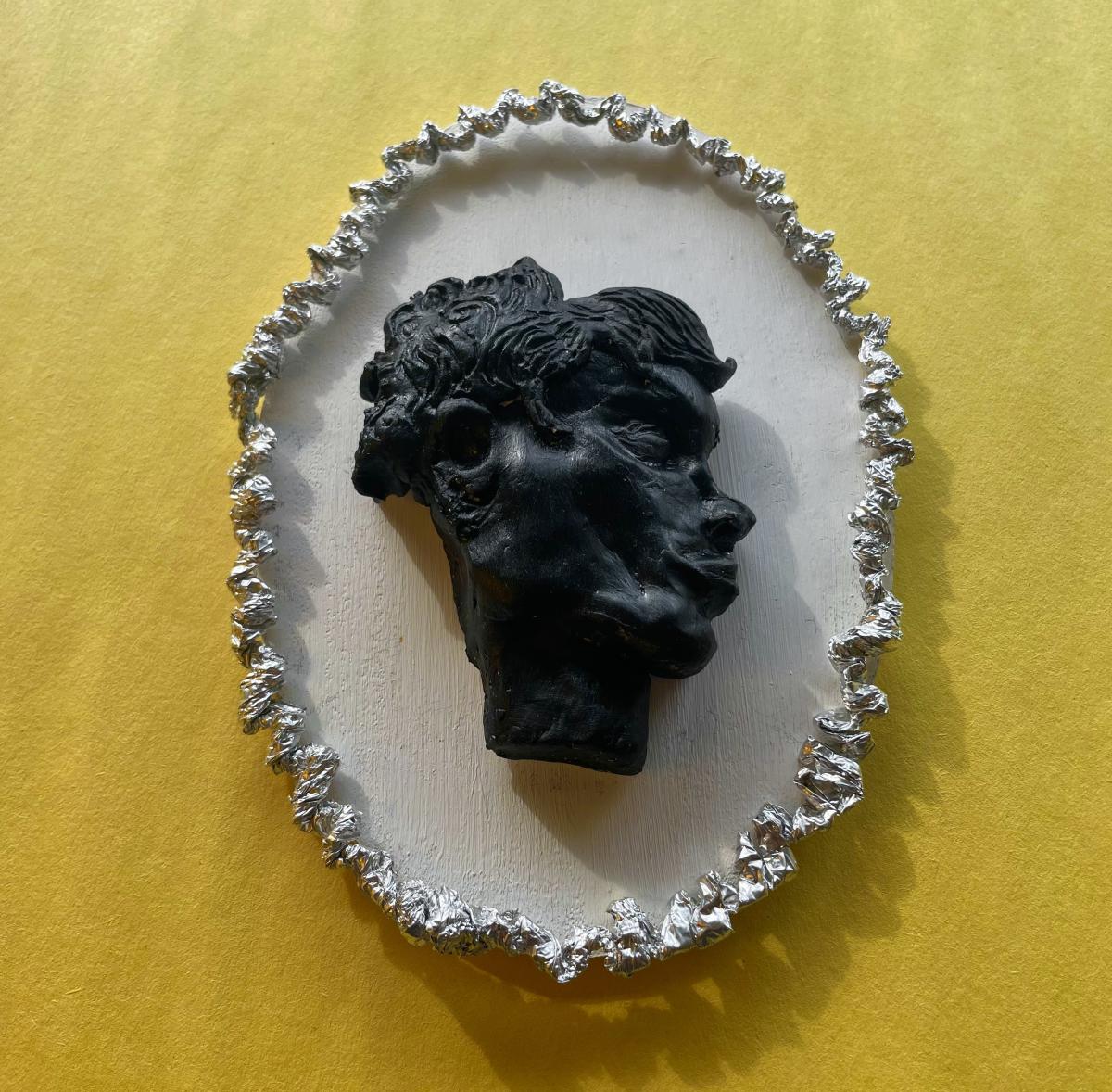Many critics champion Jane Austen as an early feminist writer. We can locate these claims within the complex constructions of the heroines whom her novels orbit — fearless, fickle, clever, and stubborn women with nuanced strengths and flaws. However, Austen’s interest in writing gender is not limited to her female characters. Instead, she explores the construct of masculinity using characterization, diction, and satire to showcase its expectations, privileges, and contradictions. Using Charles Bingley from Pride and Prejudice as a case study, I will illustrate the subtleties of Austen’s meditation on masculinity. Her characterization of Bingley's gentlemanly “unaffected[ness]” showcases his male privilege, as the social expectations and legal systems that Austen’s heroines suffer under (e.g. primogeniture, property laws, or marriage before losing one’s bloom) do not apply the same pressures to men. This case, composed of a critically-crafted silhouette of Bingley (and an in-progress photo) and the illustrations of Hugh Thomson and Charles Brock, works to make Austen’s expressions of male privilege visible.
Silhouette of Charles Bingley, Crafted by Carla Crawford, 2023. This image showcases my creation of a silhouette of Charles Bingley made out of air-dry clay. Jane Austen describes his character in Pride and Prejudice (1813) as “good-looking and gentlemanlike; he had a pleasant countenance, and easy, unaffected manners.” I attempted to evoke both Bingley's handsomeness and friendly disposition in this silhouette by sculpting a temperate, humble facial expression. I also tried to give him a youthful look to reflect Bingley’s age. The decadence of the silver-trimmed frame, made from recycled tin foil, reflects Bingley’s wealth while the three-dimensionality represents his significance in Austen’s novel. As such, this silhouette both physically and figuratively conveys Bingley’s persona — a character whose privilege takes shape in his air of ease.
The Critical Crafting Process: An In-Progress Silhouette of Charles Bingley, Crafted by Carla Crawford, 2023.This image showcases the in-progress creation of a silhouette of Charles Bingley. The bust is made from air-dry clay, which sits upon a wooden, ovular base. Using the illustrations of Hugh Thomson and his depiction of Bingley’s profile, I attempted to translate the two-dimensional images into a three-dimensional form. Prior to this project, my ceramics work has been exclusively wheel-thrown or hand-built abstract pieces. This critical crafting allowed me to bridge my literary analysis experience with my material creative work, resulting in a challenging yet rewarding result.
Hugh Thomson, "He Came Down to See the Place," for Pride and Prejudice (1813), by Jane Austen, Peacock Edition, 1894. The beloved Peacock Edition of Pride and Prejudice (George Allen, 1894) features the illustration of Hugh Thomson, an Irish artist best known for his illustrations of the works of Jane Austen, Charles Dickens, and J.M. Barrie. These illustrations portray Charles Bingley’s power — established through his wealth, masculinity, and whiteness — in both overt and subtle manners. Through visual analyses of Thomson’s illustrations, we can recognize how he visually translates Austen’s expression of masculinity. In this piece, Bingley is emerging from his carriage and gazing towards Netherfield Park. As his arm rests casually on the carriage door, we can imagine the vehicle as an extension of his body — conveying his wealth through his proximity to symbols of wealth. His posture and attire also communicate his sophistication. Thomson foregrounds Bingley over the horses and carriage driver; even in his off-center position in the illustration, Bingley serves as the locus of viewers’ attention.
Brock, "She is Tolerable," for Pride and Prejudice (1813), by Jane Austen, 1894 edition. Charles Brock's illustration features Bingley and Darcy in Pride and Prejudice’s famous ball scene in which Darcy snubs Elizabeth through his refusal to dance. Thomson exemplifies the power dynamics of this scene: Elizabeth sits with a passive expression while she idly holds a fan — a symbol of her femininity. The two men tower over her, orienting their bodies toward each other and away from Elizabeth. Brock’s attention to Darcy’s gaze, which falls frowningly upon her, further identifies Elizabeth as the inferior “other.” This image showcases how Brock codes masculinity in the form of composition, gaze, and associations to convey its role in Austen’s world.





